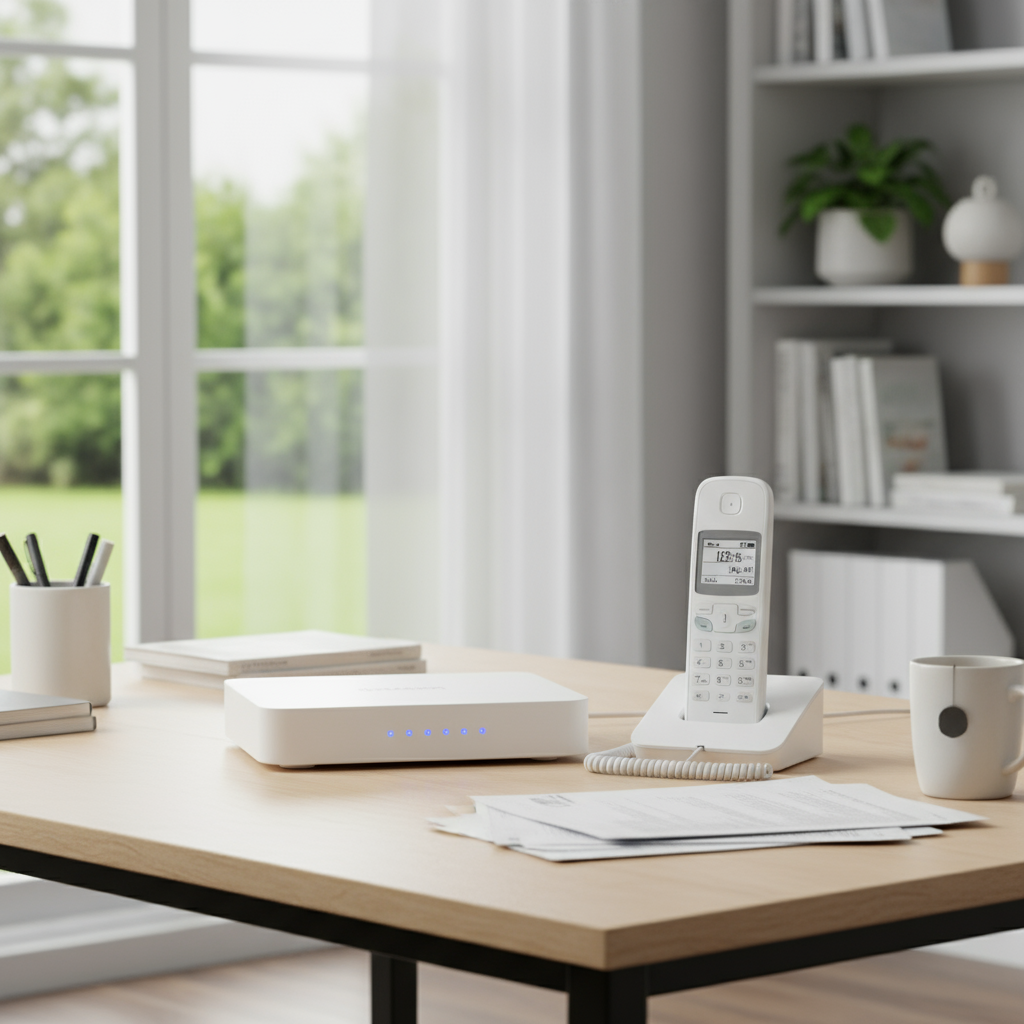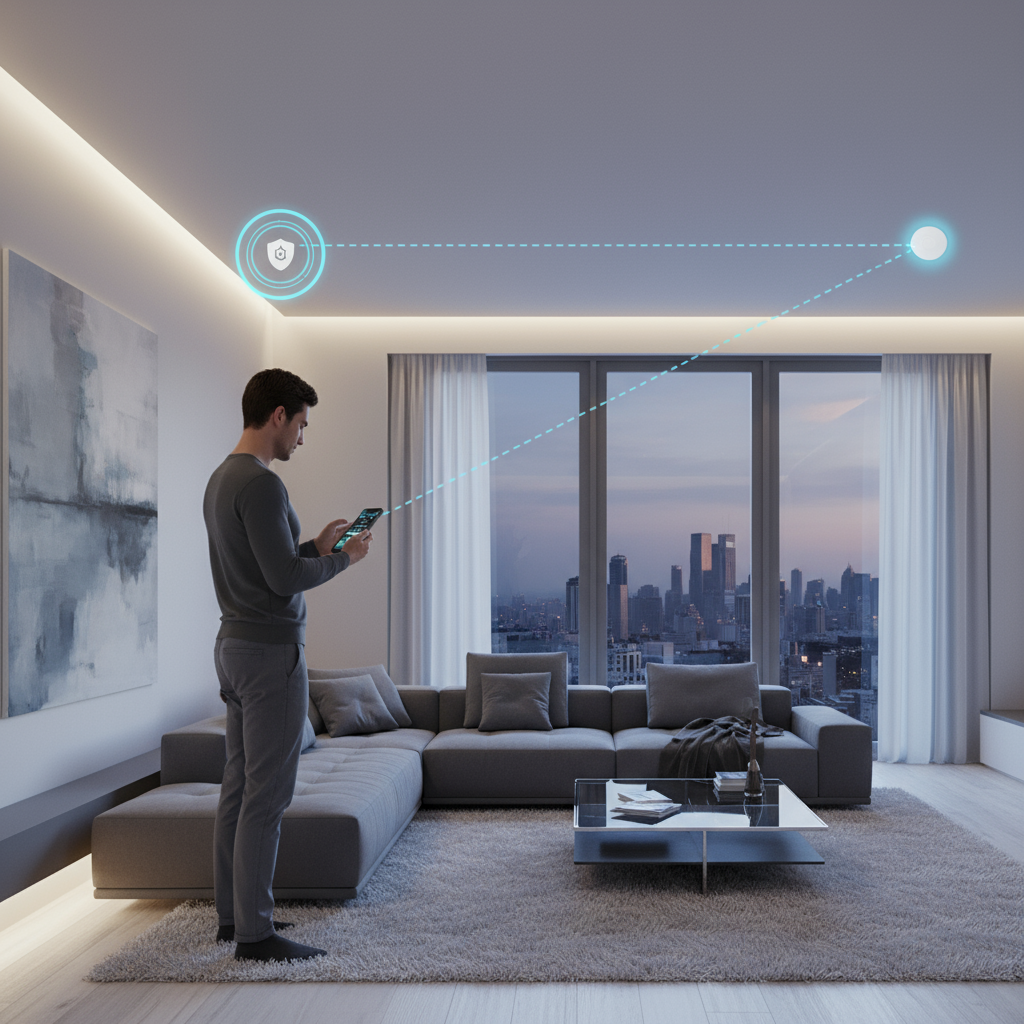Classic DECT

Overview
DECT, developed in the early 1990s, was designed to meet the growing demand for cordless phones. Its focus on high-quality, secure, and robust voice communication made it suitable for both residential and enterprise applications.
While primarily designed for voice, DECT also offers messaging capabilities, making it valuable in enterprise markets like healthcare, industry, and retail. This messaging feature allows for SMS-like communication between end-users or with messaging applications.

Applications
Classic DECT is particularly targeted at the following applications:
- Residential: narrowband voice services for cordless phones.
- Enterprise: includes PBXs and associated telephones, headsets, intercom systems, conferencing systems.

Technical description
DECT utilises a multicarrier frequency-division multiple access (FDMA) and time-division multiple access (TDMA) system. This means that the radio spectrum is divided into 10 frequency channels and on each of these channels there are 10 ms frames with 24 time slots. The first 12 slots are used for downlink communication from base stations to handsets and the next 12 slots are for uplink communication from handsets to base station (TDD or Time Division Duplex).
This means that each DECT base station can support up to 120 simultaneous voice channels (10 x 12), allowing DECT to accommodate a high density of users. Larger customer sites can be served by deploying multiple base stations, with the technology ensuring seamless handover between them.
DECT’s advanced sharing mechanism enables it to efficiently handle high user densities and operate in areas with multiple DECT systems. The technology’s 300-meter outdoor and 50-meter indoor range
minimises infrastructure complexity and cost.
Originally designed to interface with analog or ISDN connections, modern DECT systems are fully IP-based and can be integrated with home gateways or any IP-based Unified Communications systems.
Security
DECT prioritises security with the implementation of the DECT Standard Authentication Algorithm 2 (DSAA2) and the DECT Standard Cipher 2 (DSC2) encryption algorithm, both based on AES-128. The DECT Forum offers a security certification programme to ensure that member products meet rigorous security standards.
CAT-iq
CAT-iq is a key voice and networking technology in home gateways. CAT-iq stands for Cordless Advanced Technology – Internet and Quality. CAT-iq, provides a common set of advanced capabilities for handsets and base stations and was introduced by the DECT Forum to support not only voice transmission, but also the use of multimedia and broadband applications, such as podcasts. This profile allows for HD-quality voice calls and internet services like audio streaming or smart home functions within a DECT system. This is made possible by the bundling of multiple voice channels.

Standards Overview
The DECT standard was developed by ETSI in several phases, the first of which took place between 1988 and 1992 when the first round of standards was published. The standard is defined in ETSI documents EN 300 175 parts 1 to 8 and is continuously updated to address evolving requirements.
Other DECT technologies

NR+
NR+ is purpose-built to meet the needs of demanding professional IoT applications, combining high-density (mMTC) connectivity with extended range. It enables next-generation use cases across smart energy, smart cities, building automation, and Industry 4.0.

DECT Evolution
DECT Evolution delivers higher data rates and ultra-low latency, making it the perfect fit for real-time, high-quality audio in pro microphones, intercoms, gaming headsets, and controllers.

DECT ULE
DECT ULE takes the technology’s into the Smart Home and is designed for home automation, including battery-powered devices. DECT ULE has been instrumental in providing energy-efficient solutions for real-time monitoring and control.
FAQ
Lorem ipsum dolor
The DECT technology has evolved over time in order to address needs across different industries.
























